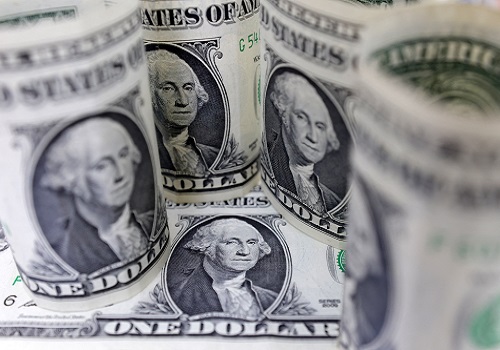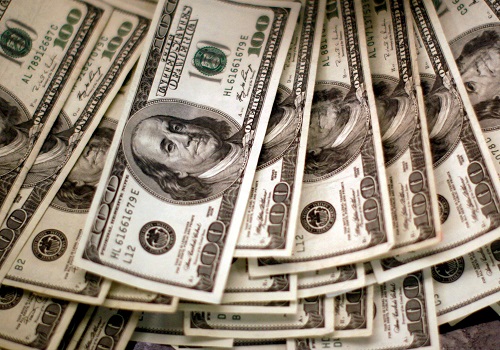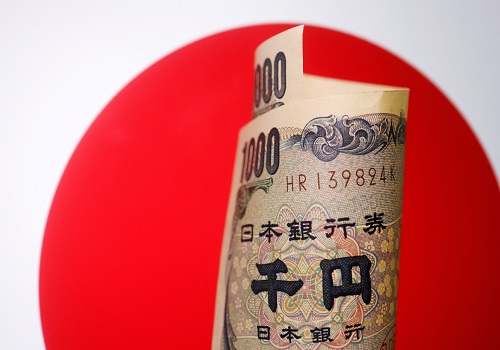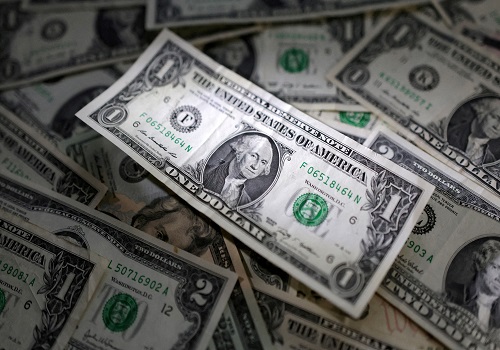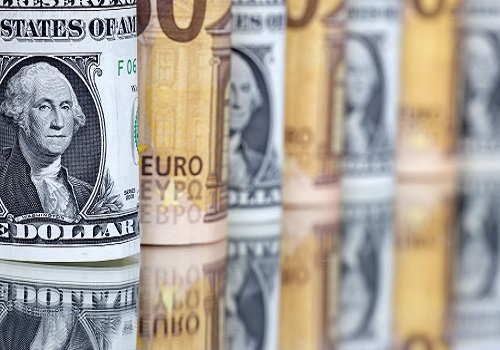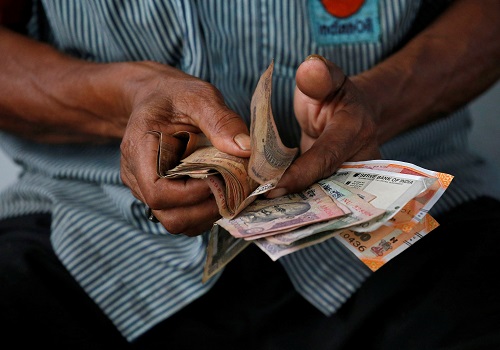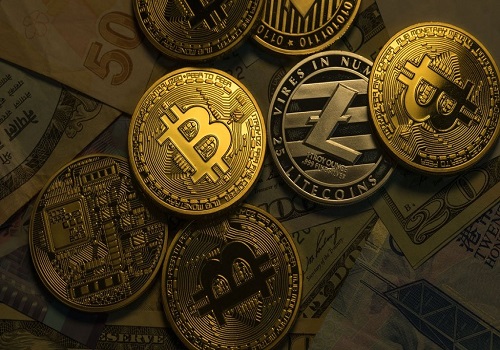Safe-haven dollar eases with U.S. yields as risk appetite improves
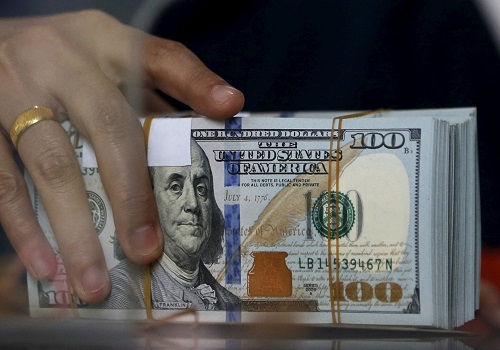
Follow us Now on Telegram ! Get daily 10 - 12 important updates on Business, Finance and Investment. Join our Telegram Channel
The safe-haven dollar retreated from near a two-decade high against major peers on Thursday, tracking an easing in Treasury yields, while U.S. equity futures accelerated gains as investors continued to assess the economic outlook.
The euro clawed its way back from near a two-decade trough, while the commodity-linked Australian dollar surged amid a rebound in copper and crude oil prices.
The dollar index -- which measures the currency against six counterparts -- slipped 0.22% to 106.82, pulling away from the overnight peak at 107.27, a level not seen since late 2002.
The two-year Treasury yield, which bounced from near one-month lows to as high as 3.006% overnight, pulled back to 2.9629%.
S&P 500 emini futures pointed to a 0.3% advance for the U.S. stock index at the open.
The euro rebounded 0.25% to $1.01845 after sinking as low as $1.01615 on Wednesday, also for the first time since the end of 2002.
The Aussie leapt 0.55% to $0.6820, after sinking to a two-year low of $0.67615 on Wednesday.
Brent crude retook $101 and copper climbed 3%.
"Risk sentiment looks to be in reasonable shape in Asia, and U.S. yields have backed off a little bit, so everything sort of fits together for the U.S. dollar to peel back slightly from its highs," said Ray Attrill, a strategist at National Australia Bank.
"Commodities aren't in the world of pain that they were at the start of the week, so there's a positive story for commodity- and pro-cyclical currencies, and an overall softer U.S. dollar is the counterpart to that."
Investors are weighing the risks of a U.S. recession with the Federal Reserve hiking rates aggressively.
Minutes of June's meeting released Wednesday - when policy makers tightened by 75 basis points, the most since 1994 - revealed their concern that worsening inflation would erase faith in the Fed's ability to control it.
Some lacklustre economic data has raised speculation that tighter conditions were already producing an effect, but data overnight showed U.S. job openings fell less than expected in May, pointing to a still tight labor market that could keep the Fed on the offensive.
The next major U.S. economic release will be Friday's jobs report for June. Economists polled by Reuters expect employers to have added 268,000 non-farm payrolls during the month.
The dollar was little changed at 135.85 yen, consolidating around that level after pulling back from a 24-year high at 137.00 at the end of last month.
Analysts expect the pair to stay above 130 by year-end, although only seven of the 61 respondents expect it to be weaker than it is now, with four of those predicting a surge to 140, a Reuters poll showed.
Sterling pulled away from a two-year trough amid the dollar's weakness, even with British Prime Minister Boris Johnson fighting to keep his job amid a mounting rebellion within his party.
The British pound advanced 0.25% to $1.19515, after an overnight dip to the lowest since March 2020 at $1.1877. [GBP/]

















